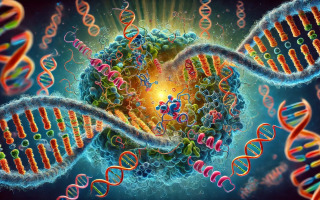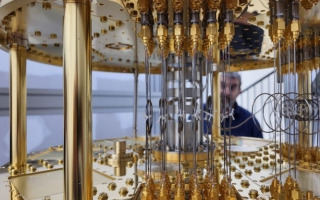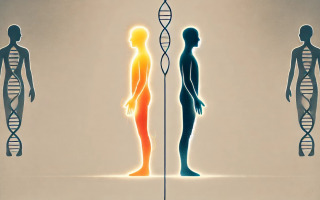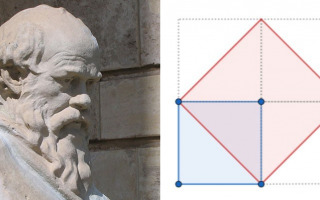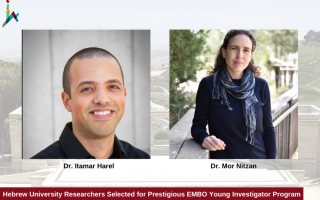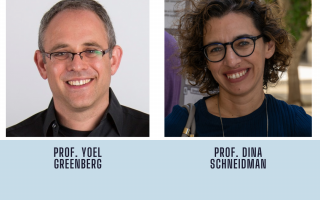How Proteins and DNA Architecture Shape Cellular Identity: Discovery of 'Signposts' that Guide Proteins to Gene Switches
A groundbreaking study led by Prof. Yosef Buganim from the Hebrew University of Jerusalem and Dr. Abdenour Soufi from the University of Edinburgh reveals how transcription factors (TFs)—key proteins that regulate gene activity—navigate DNA and chromatin structures to determine cellular identity. This discovery provides new insights into how cells establish their roles and opens pathways for advancements in regenerative medicine and cell therapy.



